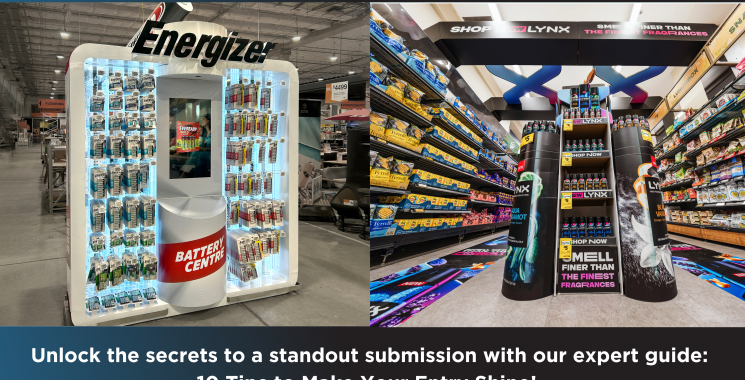Extracting value from shopper decisions – part 2
By Mark Fletcher, ShopScience
Part two of Mark Fletcher’s analysis of understanding shopper decision making and effecting shopper behavioural change. You can find Part 1 below.
Two insights are absolutely critical when leveraging customer journey maps.
Despite what many marketers would like to believe, any brand only touches a minority of a shoppers purchasing decision points (their steps along their customer journey). Fortunately, customer journey mapping almost always identifies new avenues for influencing shopper decision points. However, it's the second key insight that is usually the most difficult for FMCG marketers. Basically, they have to stop viewing customers in terms of simplistic demographic
But it's the second key insight that is usually the most difficult for FMCG marketers. Basically, marketers need to stop viewing customers in terms of simplistic demographic segments, and start defining shopper by the outcomes they are seeking, mechanisms they use to try and obtain those outcomes, and how they weigh up the factors that are influencing their decisions at the time.
Take 'Jane' for example. Jane needs to pick up a healthy snack for the kids' lunch on her way home from work. Poor old Jane has had a pretty bad day at work. Traffic is heavy and she’s running late. She has also been worrying lately whether the kids are getting enough fibre in their diet, and has just read an article about how some big brands are hiding imported ingredients in their products.
She enters the store hurried, annoyed, cynical and without a clue of what she will buy. Inside the store she sees a lovely fresh strawberry display, but decides that they are impractical for a kid’s lunch. She passes the dairy case and stops to check the discount ticket on the tube yoghurt. Annoyed to see that the so-called discount was only 56 cents, she rushes on to the organic aisle but becomes confused by the array of obscure ingredients.
Finally she ends up at the health bars. There’s a brand there that she has never heard of, but it's right next to her usual brand. It claims to be organic, and the pack looks easy to open. She buys it on a whim even though it’s 15% more than her usual brand.
On a different day, when she’s on her day off and has time to browse all the aisles, when strawberries are on special, and her mother-in-law is coming for dinner, her snack purchases may be quite different. She may go to the extra effort of buying a range of fresh fruit, including some shredded coconut for extra fibre, and ensure that she is home making the kids delicious frozen smoothies when her In-laws arrive.
In today’s world, Jane may just as easily be 'Yong'. Either of them may be somewhere between 25 and 50 years old, with a household income ranging from $70,000 to $300,000 per year. They may both have Netflix, may shop at Coles and Woolworths with roughly equal frequency, and may have children between six and 17 years old. Traditional demographic segmentation in these instances is both ineffective and misleading as a basis for influencing these shoppers.
Jane and Yong share a similar customer journey. They make similar types of decisions along the way and the factors they weigh up may be similar. Understanding their journey, and their decision steps and decision factors goes a long way to increasing the chance of positively influencing purchasing behaviour. And given the increasing application of fluid and individualised marketing strategies that leverage is increasingly easy to implement using tools including social media marketing, smartphone apps, facial recognition and sentiment analysis, digital signage at the store and shelf level. In time, you may find yourself buying a beer and not even be sure why you’re doing it.
Understanding their journey, their decision steps, and decision factors goes a long way to increasing the chance of positively influencing purchasing behaviour. The application of fluid and individualised marketing strategies that leverage using tools such as social media marketing, smartphone apps, facial recognition and sentiment analysis, digital signage at the store and shelf level is increasingly easy.
In time, you may find yourself buying a beer and not even be sure why you’re doing it.
Mark Fletcher is director of ShopScience, which uses psychology, human factors, and marketing to create tailored solutions based on research and analysis. Mark can be contacted at mark@shopscience.com.au, or visit the website, www.shopscience.com.au.











